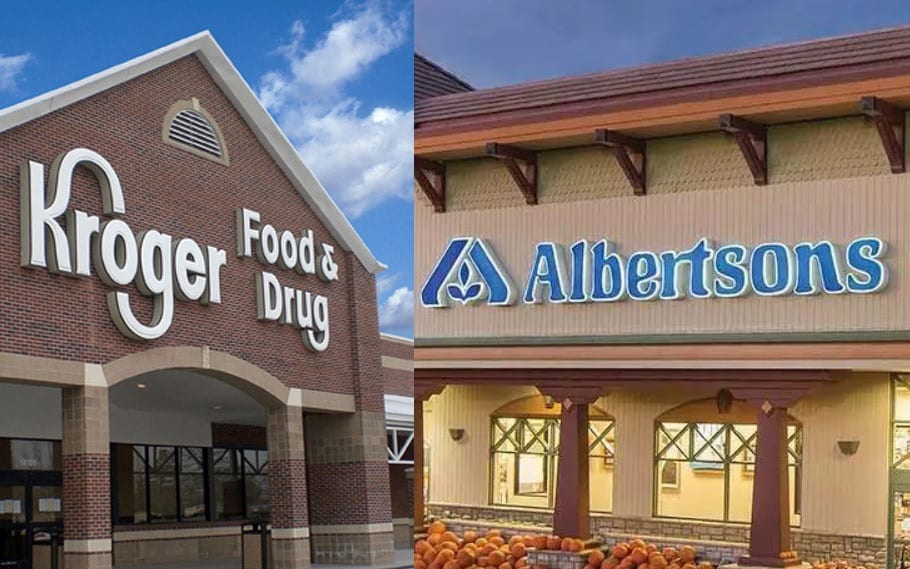
In a groundbreaking move that will reshape the American grocery landscape, grocery giants Kroger and Albertsons have announced a $24.6 billion merger deal. This strategic alliance has sent shockwaves through the industry, sparking discussions about its potential impact on consumers, competitors, and the broader food system.
Several factors have propelled Kroger and Albertsons toward consolidation. These include:
- Intensified Competition: The grocery market has become increasingly competitive, with the rise of discount chains, online retailers, and meal-kit services. By combining their resources, Kroger and Albertsons aim to gain scale and market share.
- Supply Chain Efficiencies: A larger combined operation will allow the companies to optimize their supply chains, reducing costs and potentially improving product availability.
- Enhanced Innovation: The merger is expected to provide Kroger and Albertsons with greater financial resources for product development and technological advancements.
The merger offers several potential benefits, including:
- Lower Prices: Kroger and Albertsons claim that the merger will enable them to lower prices for consumers by reducing redundancies and increasing buying power.
- Improved Selection: A combined entity with over 5,000 stores will have the capacity to offer a wider variety of products, including fresh and organic options.
- Increased Convenience: The merger could enhance customer convenience through expanded delivery and pickup options.
However, the merger also poses challenges:
- Antitrust Concerns: Regulators will need to thoroughly examine the merger’s impact on competition, as it would create one of the largest grocers in the United States.
- Potential Job Losses: The merger may result in job cuts as the companies consolidate operations and streamline their workforces.
- Consumer Choice: Some consumers worry that the merger could lead to a decrease in consumer choice, particularly in markets where Kroger and Albertsons are already dominant players.
The merger has elicited mixed reactions from various stakeholders:
Many consumers are concerned about the potential price increases and decreased competition. However, Kroger and Albertsons have pledged to invest in lower prices and broader selection.
Suppliers are cautiously optimistic about the merger, viewing it as an opportunity to gain access to a larger distribution network. They also express concerns about potential pressure on prices.
Labor unions have expressed concerns about job losses and the potential for decreased wages and benefits following the merger.
Regulators, including the Federal Trade Commission (FTC), will play a crucial role in evaluating the merger’s antitrust implications. They will need to ensure that the merger does not result in a substantial lessening of competition.
The merger between Kroger and Albertsons is likely to have significant implications for the grocery industry:
The merger would create one of the largest grocery chains in the United States, with a combined market share of approximately 13.5%. This increased concentration could provide Kroger and Albertsons with greater pricing power and influence over the market.
The merger will reduce competition in many local markets where Kroger and Albertsons currently overlap. This could lead to fewer choices for consumers and potentially higher prices.
The combined entity could leverage its resources to develop and implement new digital technologies, such as online ordering, mobile apps, and personalized recommendations.
The proposed merger between Kroger and Albertsons presents a complex and multifaceted issue that will likely have lasting implications for the grocery industry and consumers alike. While the merger offers potential benefits such as lower prices and increased convenience, it also raises concerns about antitrust implications, job losses, and reduced consumer choice. As regulators and stakeholders continue to scrutinize the deal, it is imperative to critically assess the complexities of this transformative transaction and consider its broader implications for the food system and beyond.




